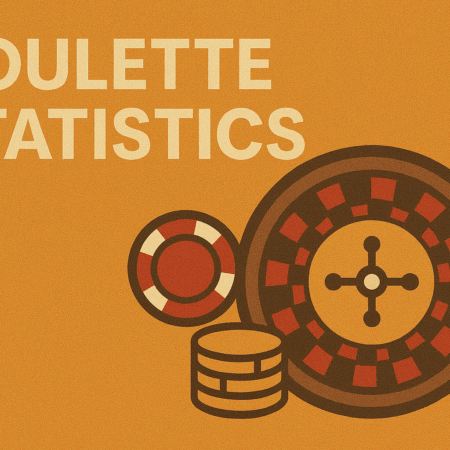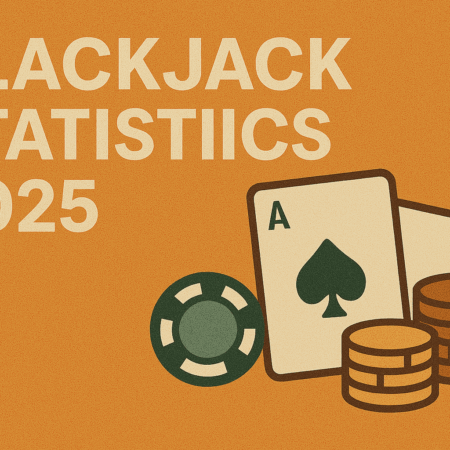Proof-of-Work (PoW) is the original consensus mechanism that launched the blockchain revolution. Introduced by Bitcoin in 2009, PoW ensures that transactions are secure, verified, and resistant to tampering—while rewarding participants through a decentralized mining system.
Even as alternative mechanisms like Proof-of-Stake (PoS) and zero-knowledge rollups gain ground, PoW remains a foundational component of many blockchain networks in 2025. This guide will break down exactly how Proof-of-Work operates, its benefits and drawbacks, and whether it still has a future in today’s evolving crypto ecosystem.
🔍 What Is Proof-of-Work?
Proof-of-Work is a decentralized consensus mechanism that requires computers (called miners) to solve complex mathematical puzzles to validate transactions and add them to the blockchain.
This process is computationally expensive by design—it’s intentionally difficult to solve but easy to verify, creating a secure environment that deters fraud, spam, and double-spending.
First proposed as a defense against email spam in the early 1990s, PoW became widely known with Bitcoin’s launch in 2009, where it now underpins over $500 billion worth of value across several major networks.
🛠️ How Proof-of-Work Works
- Transactions are broadcast to the network.
- Miners group these into blocks.
- Each miner competes to solve a cryptographic puzzle (called a hash function).
- The first to solve it broadcasts the solution.
- Other miners verify it—if valid, the block is added to the chain.
- The miner receives a block reward + transaction fees.
This “work” involves calculating trillions of guesses per second until one meets the required difficulty—a process known as mining.
🧠 Why PoW Is So Secure
Proof-of-Work’s security comes from three main factors:
- Hashing difficulty: Mining is resource-intensive, discouraging bad actors.
- Immutability: Changing one block requires redoing the work for every following block—a nearly impossible feat for a single attacker.
- Decentralization: Thousands of miners operate globally, preventing centralized control.
In short, PoW is expensive to attack but cheap to verify, which makes it extremely effective in protecting decentralized systems.
📚 History of PoW and Bitcoin
- 2009: Bitcoin launches using PoW and SHA-256 hashing.
- 2011–2013: Litecoin and Dogecoin adapt PoW with different hash functions (Scrypt).
- 2017: Bitcoin hits scaling limits; debate on energy usage begins.
- 2020s: Ethereum uses PoW until its 2022 shift to Proof-of-Stake (Merge).
- 2025: Bitcoin, Dogecoin, and Litecoin still rely on PoW, while new networks explore eco-friendlier models.
⚡ Energy and Environmental Concerns
PoW’s biggest controversy is its energy consumption. Mining requires huge amounts of electricity, often compared to small countries.
Stats (2025):
- Bitcoin mining consumes ~80 TWh per year (down from 110 TWh in 2021).
- ~60% of Bitcoin mining now uses renewable or stranded energy (hydro, flare gas).
Many networks and miners are taking steps to reduce their footprint, but PoW remains under scrutiny, especially in energy-conscious jurisdictions like the EU and U.S.
💻 Mining in 2025: Still Worth It?
Mining profitability depends on several factors:
- Electricity costs
- Mining hardware (ASICs vs GPUs)
- Network difficulty
- Token price (e.g., BTC, LTC)
Key Trends:
- ASIC dominance: Most profitable mining now requires specialized ASICs.
- Mining pools: Miners team up to reduce variance and earn steady rewards.
- Geographic shift: Mining has moved to countries with cheap energy (e.g., Paraguay, Iceland, Texas).
In 2025, small-scale GPU mining is mostly dead, but professional miners can still profit—especially using green energy.
🆚 Proof-of-Work vs. Proof-of-Stake
| Feature | Proof-of-Work | Proof-of-Stake |
| Energy Consumption | High | Low |
| Security | Very High (proven) | High (but newer) |
| Participation Cost | Hardware investment | Requires token holdings |
| Incentive Mechanism | Solve puzzles, win rewards | Stake tokens, validate blocks |
| Used By | Bitcoin, Dogecoin, Litecoin | Ethereum, Solana, Cardano |
While PoS is gaining momentum, PoW is still considered the gold standard for immutability and censorship resistance.
🌐 Regulatory Pressures
Governments are increasing their oversight of PoW mining due to:
- Environmental concerns
- Illegal electricity use
- Grid stability risks
2025 Update:
- New York: Extended its limited ban on new PoW mining operations using non-renewable energy.
- Europe: Proposed green disclosures for all mining activities.
- China: Continues its nationwide ban on crypto mining.
Miners are responding by moving toward cleaner energy and transparent operations, often co-locating with renewable plants.
🔮 The Future of Proof-of-Work
Despite energy criticisms, PoW is unlikely to disappear anytime soon. Its simplicity, security, and resistance to capture make it indispensable to:
- Bitcoin’s long-term mission
- Decentralized hash-based security
- Privacy-first networks (e.g., Monero)
What’s Changing:
- Greener mining via hydro, flare gas, and nuclear
- Shift toward more transparent, ESG-compliant operations
- Smaller PoW coins may switch to PoS or merge-mine
❓FAQ: Proof-of-Work in 2025
What is the main purpose of Proof-of-Work?
To ensure decentralized consensus in a trustless environment by making it computationally expensive to tamper with transaction history.
Which cryptocurrencies still use Proof-of-Work in 2025?
As of 2025, Bitcoin, Dogecoin, Litecoin, and Monero still rely on PoW. Ethereum has fully transitioned to Proof-of-Stake.
Is Proof-of-Work mining still profitable?
It can be, but only for miners with access to low-cost energy and efficient ASIC hardware. Solo mining is largely unviable in 2025.
Is PoW bad for the environment?
PoW has a large carbon footprint, but many operations now use renewable energy or repurpose waste energy, making it cleaner than in past years.
Why not replace PoW with PoS everywhere?
PoW has unique security properties that make it ideal for certain blockchains. Some developers and communities prioritize its censorship resistance over energy efficiency.
🏁 Conclusion
Proof-of-Work remains a cornerstone of blockchain security in 2025—especially for Bitcoin, the world’s most valuable crypto asset. While it faces challenges around energy use and scalability, PoW’s proven resilience and decentralization ensure it will stay relevant in the crypto world for years to come.
For those curious about mining or evaluating blockchain security, understanding Proof-of-Work is essential. Whether you’re investing, developing, or just exploring, this protocol remains one of the most important innovations in the digital age.

 Canada
Canada Deutsch
Deutsch Español
Español Português
Português



